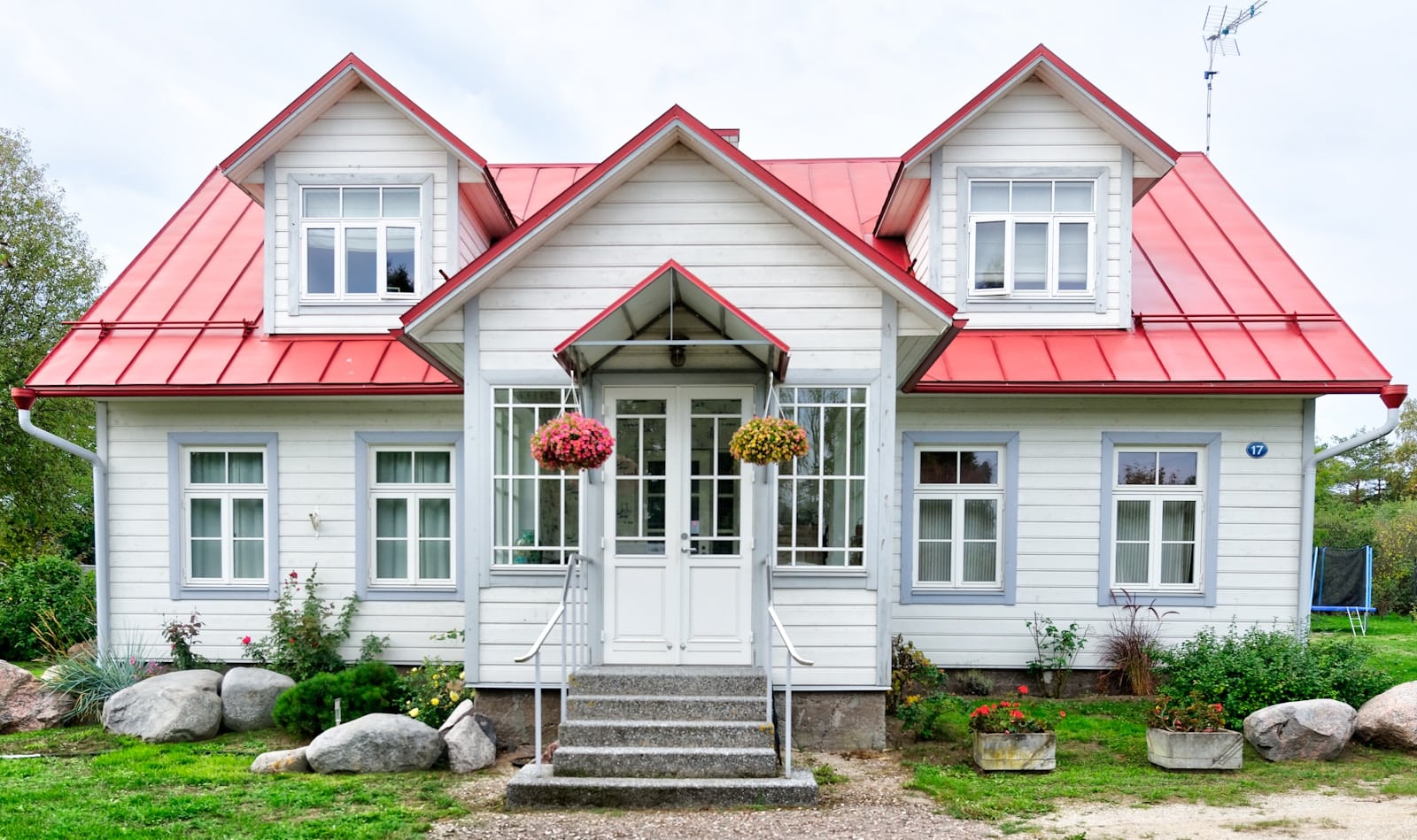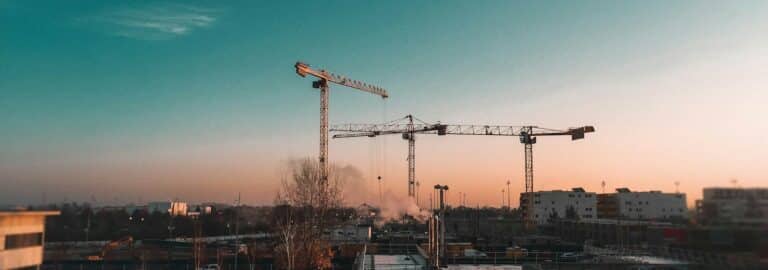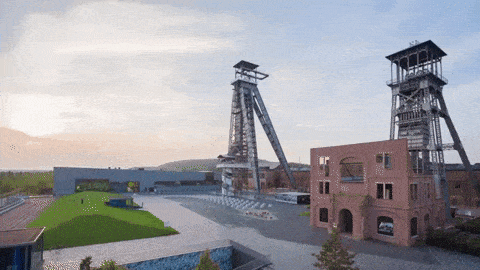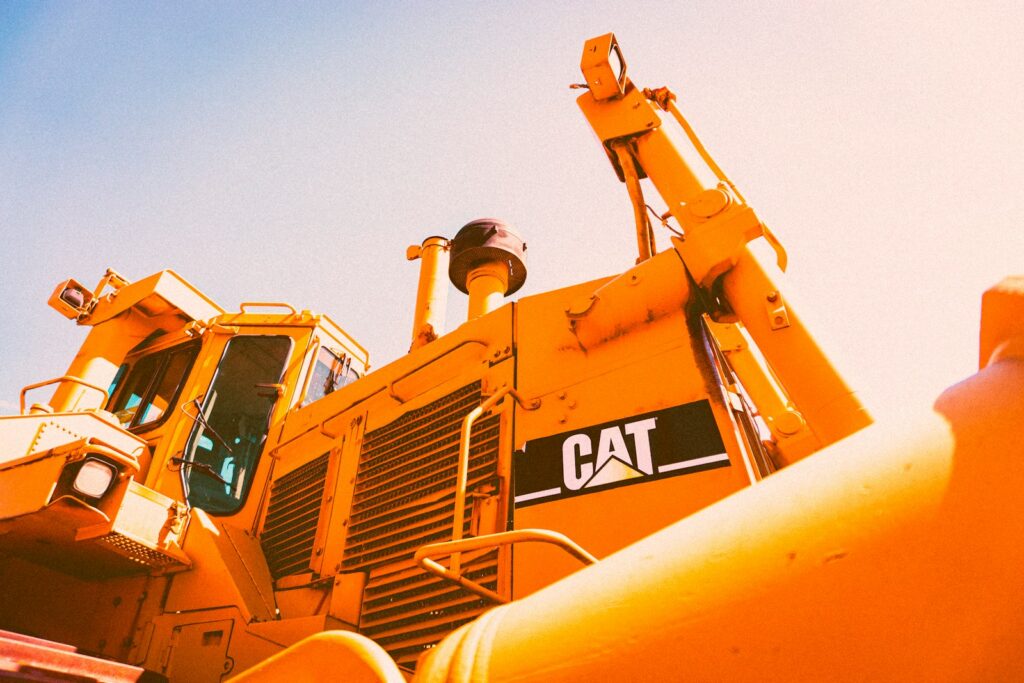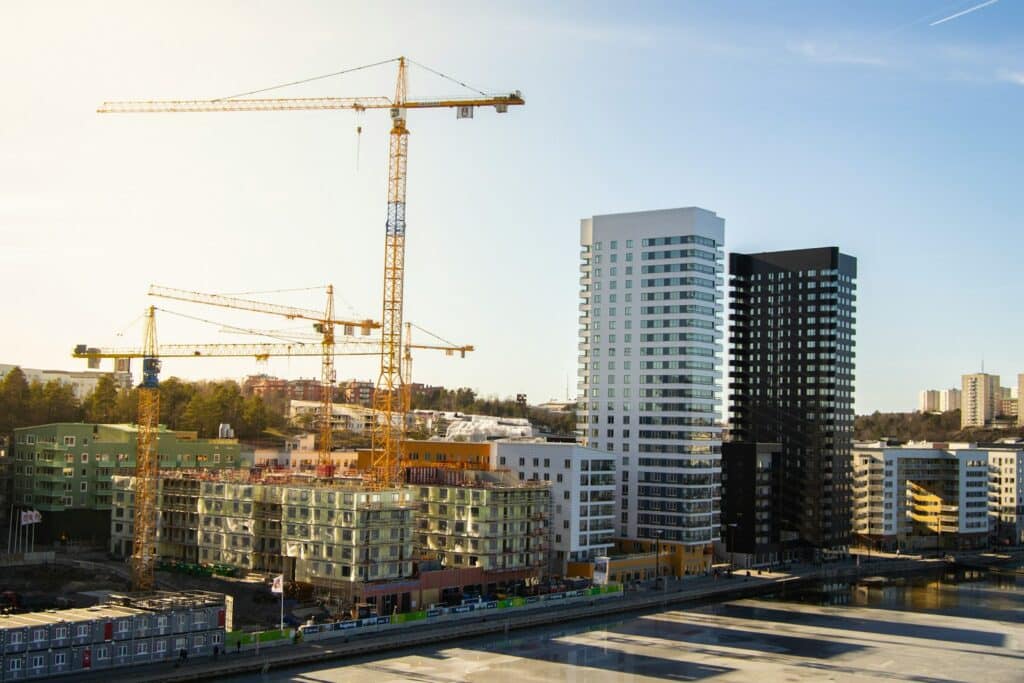Construction and real estate photography are essential parts of the modern world. Real estate photography has been with us since the invention of the camera. One of the earliest surviving photographs in history, taken in 1826, is essentially a form of real estate photography.
As real estate evolved into a mass-market product—built and sold by companies rather than individuals—construction and architectural photography became a standard practice for various purposes, especially marketing. The real boom in construction photography began in the U.S. after World War II, eventually leading to a specialized profession: real estate photography. Since then, the field has only grown. Let’s explore the main categories of construction photography.
1. Classic Front-Facing Photography
The most straightforward approach, photographing the building’s front, remains iconic. The goal is a clean, natural image that places the structure at the center, captured in correct proportions, without filters or distractions. For decades, this was the default method for real estate marketing, and it still shapes how we imagine the “classic American suburb.”
2. Architectural Photography
Since the 1970s, a new approach has emerged: architectural photography. Unlike the clean, generic style of classic real estate shots, architectural photography highlights design, lines, and unique features of the space.
As interest in design and interior architecture grows, so does the importance of architectural photography. Unlike standard real estate photos, this style requires creativity and a deeper understanding of space and light.
👉 Watch this video to learn more and get practical tips
3. Drone Photography
Aerial shots have always offered a compelling perspective. The bird’s-eye view gives a sense of scale and spatial context that no ground-based camera can match. While aerial photography began as early as the 19th century using hot-air balloons, today, drone technology makes it easily accessible.
That said, drone photography for construction should be done by professionals. A skilled drone operator with construction experience can use the equipment creatively and effectively.
👉 Here’s an example
4. Landscape Architecture Photography
This style focuses on capturing the relationship between the building and its surroundings—gardens, parks, walkways, and natural elements. It highlights both aesthetics and functionality, emphasizing how the built environment integrates with nature.
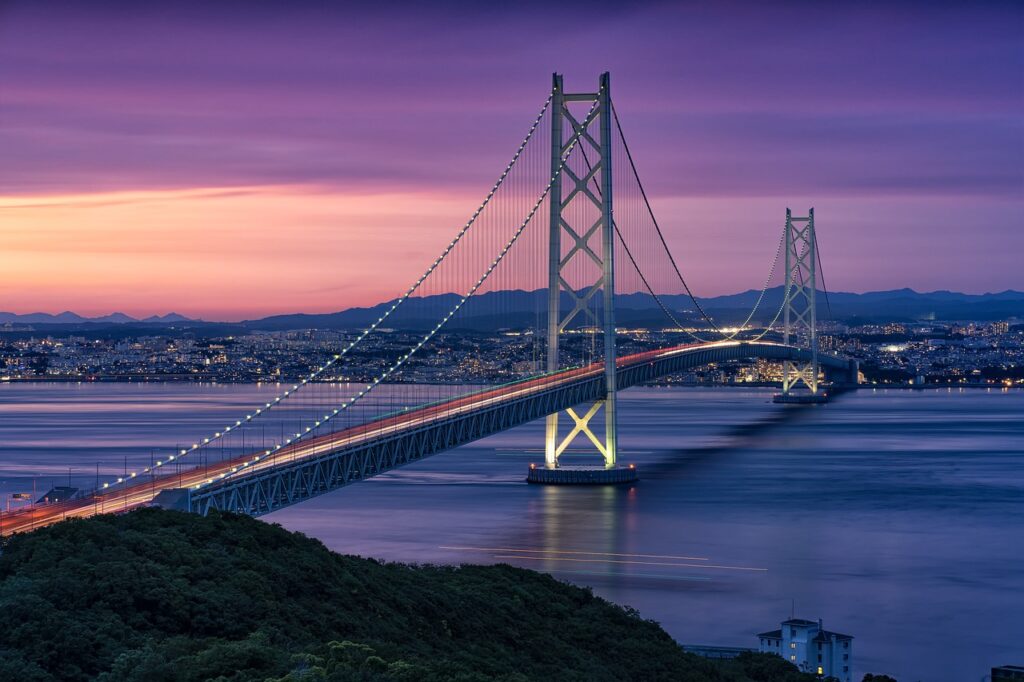
5. Bridges and Public Infrastructure Photography
Example: Akashi Kaikyō Bridge, Japan
This niche documents large public structures like bridges, train stations, museums, and government buildings. It aims to emphasize not only architectural and engineering feats but also the social and cultural roles of these landmarks.
6. Panoramic and 3D Imaging
Advanced technologies now allow for full 3D imaging of construction sites. These visuals provide a comprehensive view, help identify potential issues, and support more efficient project planning.
7. Time-Lapse Photography
Time-lapse is not a new technique—it evolved as a bridge between still photography and motion picture. But there’s something uniquely suited about time-lapse when it comes to construction: it can document both the interior design process and exterior development.
No other construction camera technique offers that kind of dynamic storytelling.
👉 Watch a real-time-lapse example
Want to learn more about construction photography using time-lapse technology?
📧 Timelapseit11@gmail.com
📞 050-225-6866


